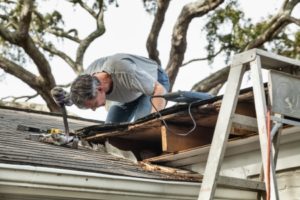Those who start a roof project set a budget and have certain expectations from the end result. However, the plan does not always correspond to the reality, and homeowners often attempt to save some money on different stages of construction. Many decide to save on roof ventilation, simply because they are not aware of its importance.
According to Palo Alto roofing ventilation experts, inadequate ventilation leads to the following risks:

- The appearance of condensation
- Mold formation
- Increased humidity
- Insect attacks
All these risks may cause severe damage to the entire roof structure. We analyzed what is happening with a ventilated roof and with an unventilated roof, during different seasons.
In the warm season
Non-ventilated roof: the roof cover, heated by solar radiation, transmits the heat to the insulating material, which has a thermally slowing function. Subsequently, the heat is transferred to the supporting structures of the roof and to the inside of the building. As a result, the energy consumption increases, due to the use of air conditioning units and other electric devices for cooling the air.
Ventilated roof: the air present in the ventilation space heats up, but it is not transmitted to the interior of the building; instead, it becomes easier and goes out through the roof ridge.
During the cold period
Non-ventilated roof: condensation is a phenomenon caused by cold weather, temperature fluctuations and improper ventilation. Its consequences are high humidity levels and mold formation
Ventilated roof: in winter, the air circulation will dry the insulating material, avoiding condensation and guaranteeing a longer life expectancy for all roof elements. If snow and frost occur, ventilation also contributes to uniform snow melting on the roof, avoiding the formation of ice dams.

